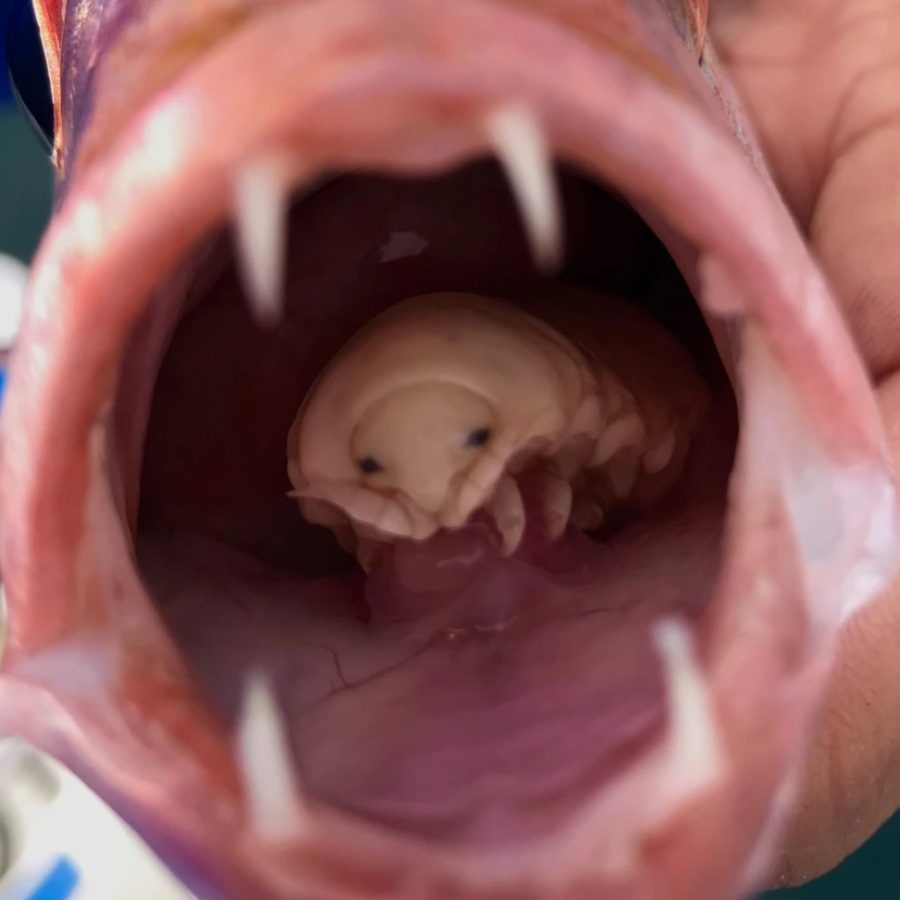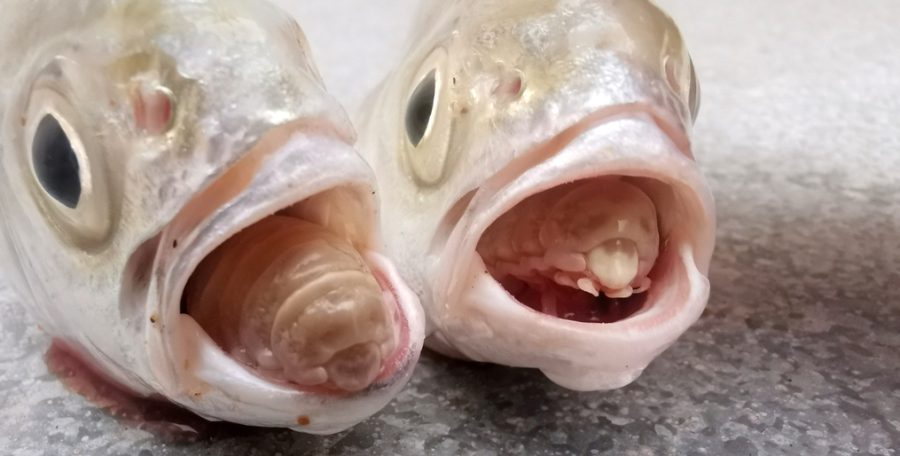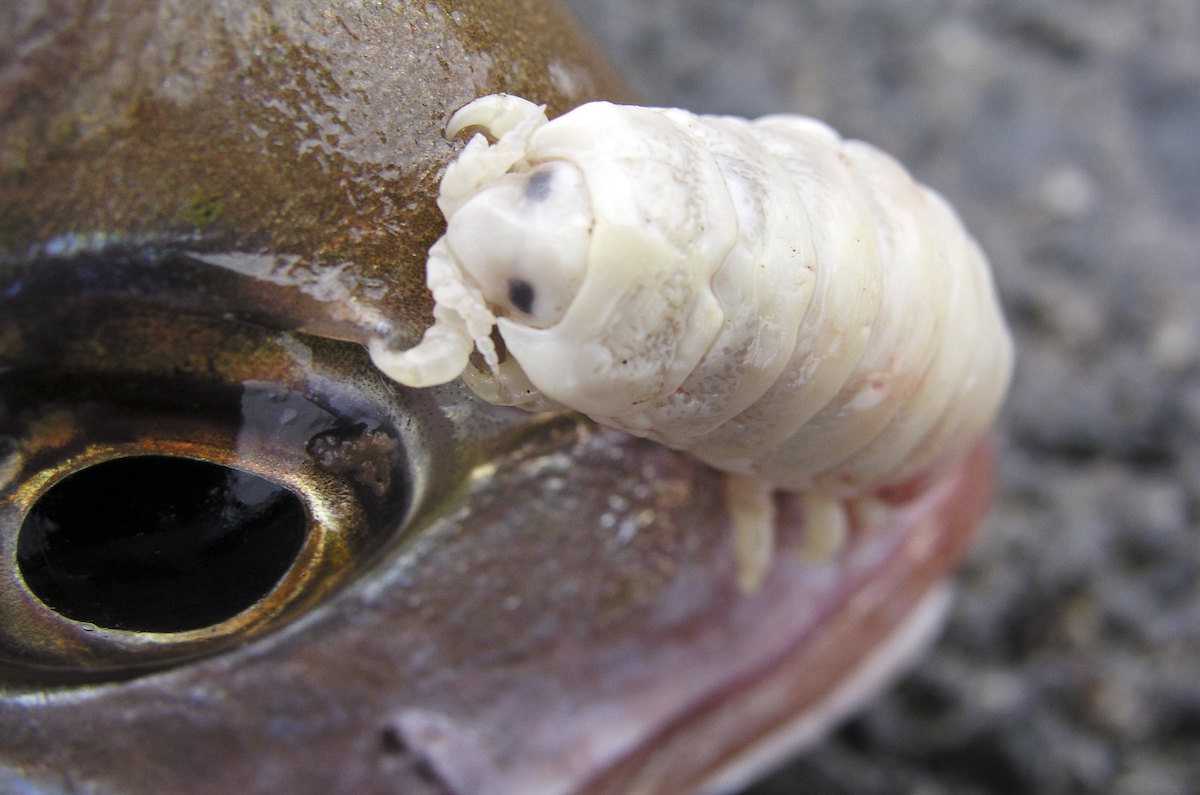
While we’ve already featured some really terrifying aquatic species, such as the Atlantic wolffish and the sardonic fringehead, the tongue-eating louse may be the creepiest of them ever.
The tongue-eating louse, Cymothoa exigua, is an isopod (a kind of animal that includes crabs and shrimp) that spends the most of its existence within the mouths of various fish. They have been known to replace the tongue with themselves. In fact, the tongue-eating louse is the only parasitic entity known to serve as a complete organ replacement in its host.
Surprisingly, the parasite does not kill the fish since it is in the parasite’s best interests for the fish to live as long as possible. In fact, the fish may use the louse as a type of organic tongue prosthesis, capable of fulfilling all of the responsibilities and functions that a true tongue does — despite the fact that it’s fairly scary. So, despite the presence of a big isopod in the fish’s mouth, it may have a somewhat normal existence.
The female gives birth to a new generation of lice after a brief gestation time, continuing the nightmare cycle. The life cycle of this louse is just as creepy as its habits. Image credit: Undy Bumgrope
The life cycle of this louse is just as creepy as its habits. Image credit: Undy Bumgrope